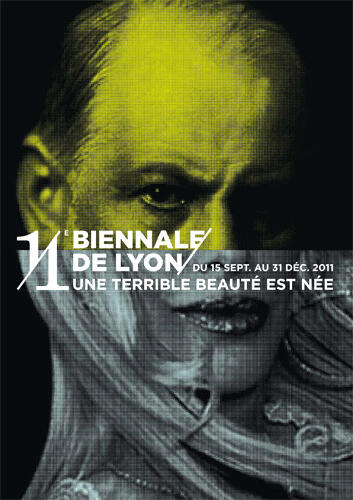The Eleventh Biennial of Lyon has begun
Titled as a verse from "Easter", a poem by William Butler Yeats, A Terrible Beauty Is Born. The 11th Biennial of Lyon, that historically has been an author event, opened on September 15, showing the different ways to confront curatorial proposal of Argentinean Victoria Noorthoorn. She knows what is "groping in the middle of the darkness that may or may not turn on" and asked the 70 participating artists face "the uncertainty of the present and future, to address its status as creators and the need for art, leaving the door open to doubt, to the contradiction , to perplexity, to change and movement”.
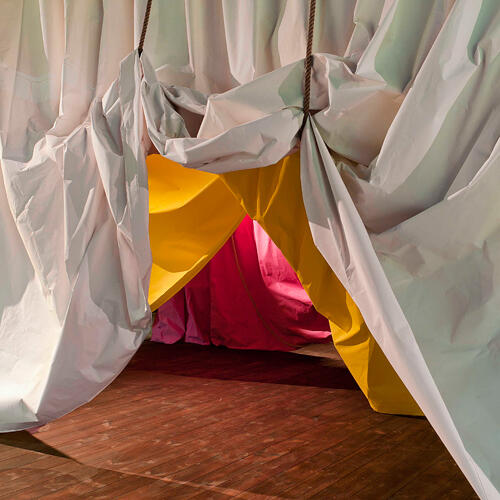
In addition to the 14,000 square feet on four areas, Sucrière, Fondation Bullukian, Musée d'Art Contemporain de Lyon and the TASE factory, the exhibition takes place in two additional platforms. Veduta, a window to the diversity of visual culture under the leadership of Abdelkader Damani and Resonance, a route of art that involves more than 90 art centres, galleries, and artistic collectives throughout the Greater Lyon and the Rhône-Alpes region.
Abdelkader Damani, Veduta platform director, explains that this is an attempt to bring the display case on the street. In a way, is the street which defines the layout of the window. It is a shared creative project with artists working with people who in turn become museum curators, security personnel and art critics. In fact, it is an experience of art without windows facing the street, but installed on this.
In 2011, Veduta made an agreement with the municipalities in the urban area of Lyon (Vaulx-en-Velin, Lyon, Feyzin, SaintPriest, Décines Charpieu, Villeurbanne, Le Grand Parc Miribel Jonage, Bron and Meyzieu), to jointly offer jobs public space, hosting artists in residence and organizing music programs, role play, games and workshops involving visual culture in all its forms.
According Abdelkader Damani, Veduta is a multifaceted adventure built on the creation and reception. "The starting point is always an area that relates to planning in terms of community development, regeneration or social solidarity, but obviously those are not absolute restrictions. The sense is to mobilize as many players as possible to urban design and participate in adventures together. "
In an article published in L'actualité internationales sur RFI, Carmen Lunsmann said of the Biennial that "has nothing to envy of her older sister in Venice."
No doubt, in their 20 years has been acclaimed as the contemporary art event in France that transcends borders and its eleventh edition has been described as "a journey to the imagination", according Lunsmann, that wakes through scenic acts. The first relates to the sugar and place in a former warehouse of the 30's. "The viewer enters through huge silos. Curtain up by Ulla von Brandenburg, from Germany, who presented her Kulissen, a series of spots that open to a beautiful and terrible world. "Then there is the work of African Barthélémy Toguo with 55 coffins representing the countries of the continent in the hardship and suffering and refer viewers to their deep straits. In addition, Laura Lima has a naked man that bands the pillars of black sugar.
The man pushing, according Noorthoorn, is a reminder to understand that exposure is a balance that can also be easily unbalanced. The old silk mill now registered in the industrial heritage houses the Biennale for the first time. One might be in Rio with those 40 chickens dressed in carnival feathers.
This entry gives an idea of balance that the Biennial has built between the artists, who come mainly from America (with a remarkable presence in Latin America), Europe and Africa. Around 70% of the works have been produced specifically for the Biennale and the other had never been exhibited in Europe. The idea of exhibiting the never seen before responding to the mission of utopias make way linked to the artist's imagination and the possibility of whether an action is viable society.
In the scenario of the old silk mill, the Dutchman Michel Huisman presents a fish with two heads and two legs, is 12 meters long and involve the visitors. According to the artist "is a fish that reflects the idea that there are two parts of the brain. It is rough and is the place where you can join the two parts, but is also suitable for making love".
-
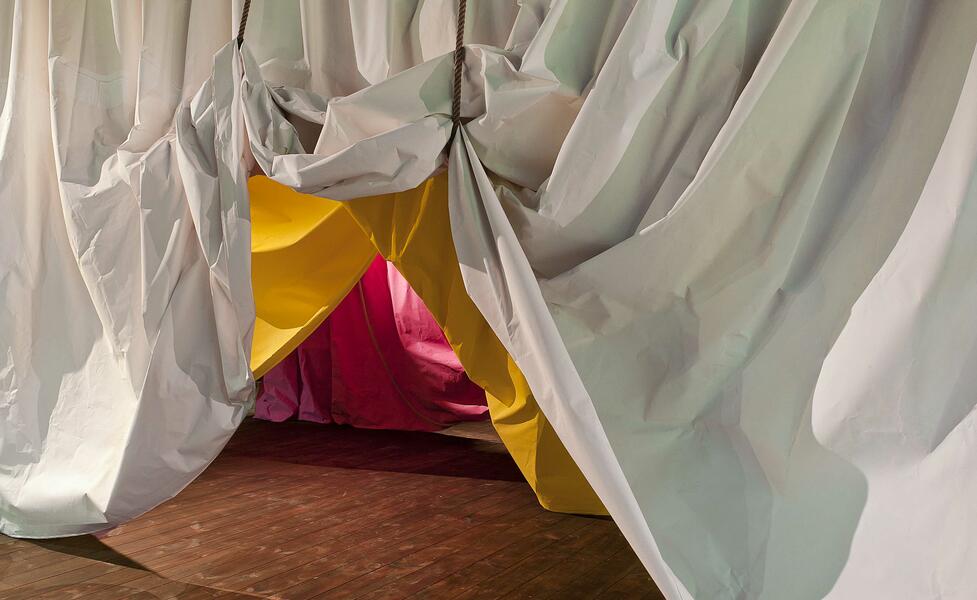 Ulla Von Brandenburg, Kulissen, 2011
Ulla Von Brandenburg, Kulissen, 2011
Fabric, cotton painted, wooden floor painted black, ropes, chairs, ladder.
Tela, el algodón pintado piso de madera pintada de negro, cuerdas, sillas, escaleras
Copyright : Blaise Adilon
-
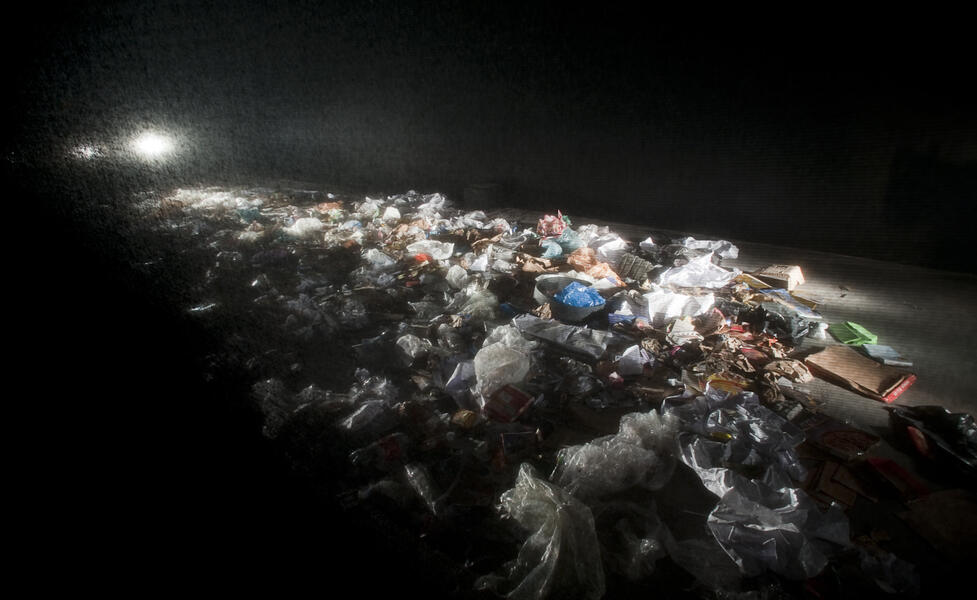 Samuel Beckett, Breath, 2009
Samuel Beckett, Breath, 2009
Directed by / Dirigido por: Daniela Thomas
Fabio Del DelRe et Carlos Stein_ VivaFoto
-
 Joana Hadjithomas, JOreige Khalil - Lebanese Rocket Society : The President's Album, 2011
Joana Hadjithomas, JOreige Khalil - Lebanese Rocket Society : The President's Album, 2011
32 digital photographs framed 8 x 1.2 m each
32 fotografías digitales dobladas y emarcadas en 8 x 1,2 m cada una
Copyright : Blaise Adilon
-
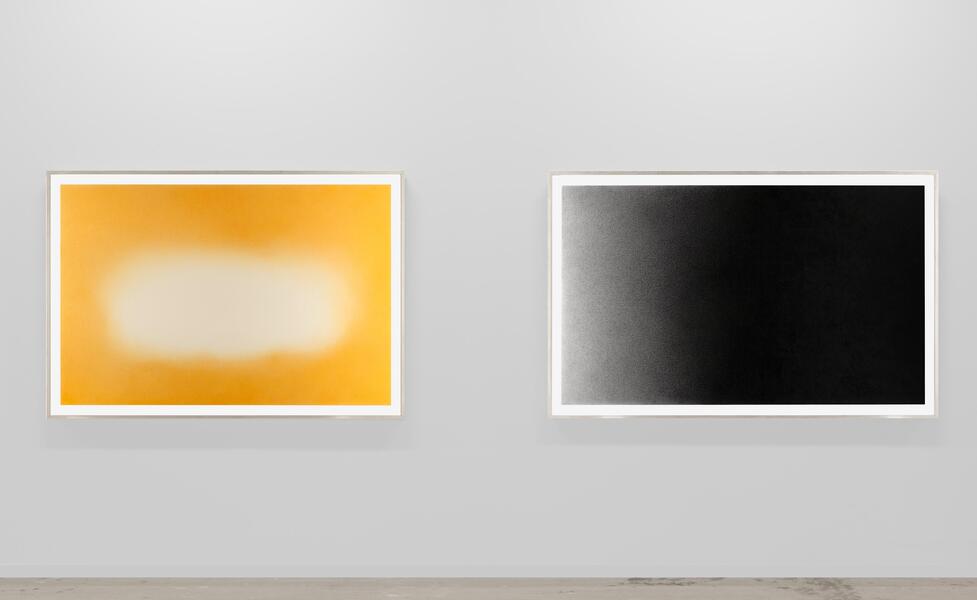 Ernesto Ballesteros, 297 km de líneas aplicadas a un paisaje ; 297 km de líneas aplicadas a un paisaje , 817,2 km de líneas aplicadas a un paisaje. 2011
Ernesto Ballesteros, 297 km de líneas aplicadas a un paisaje ; 297 km de líneas aplicadas a un paisaje , 817,2 km de líneas aplicadas a un paisaje. 2011
Pencil on paper / Lápiz sobre papel
Copyright : Blaise Adilon
-
 Morton Feldman, XXX, anecdotes & drawings. 1984
Morton Feldman, XXX, anecdotes & drawings. 1984
Series of 30 drawings, pen and pencil on paper.
Serie de 30 dibujos, la pluma y lápiz sobre papel
Copyright : Blaise Adilon -
 Morton Feldman, XXX, anecdotes & drawings. 1984
Morton Feldman, XXX, anecdotes & drawings. 1984
Series of 30 drawings, pen and pencil on paper.
Serie de 30 dibujos, la pluma y lápiz sobre papel
Copyright : Blaise Adilon -
